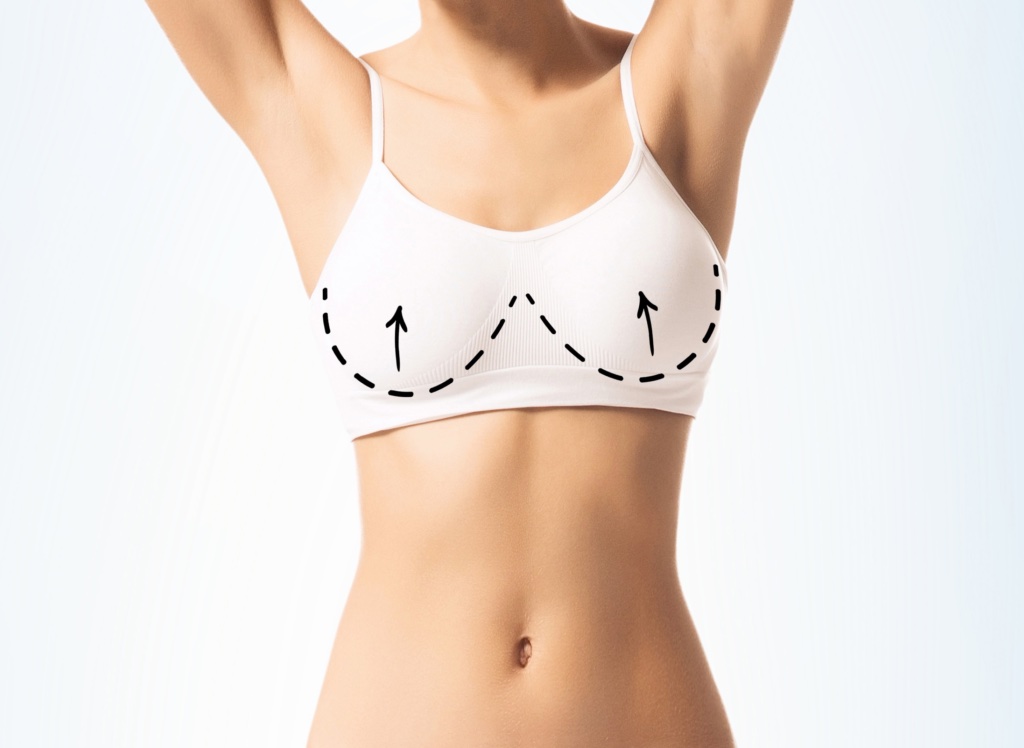Breast Lift After Pregnancy or Weight Loss: What to Know
Key Summary

- Having children, losing weight, and aging can all cause unwanted changes in the breasts, such as a loss of volume, shape, and youthful projection.
- A breast lift can be a lasting solution to restore a patient’s pre-pregnancy breast contours.
- Mastopexy can also be utilized to address loose, excess skin and ptosis after significant weight loss.
For many women, the shape and positioning of their breasts play important roles in self-esteem, confidence, and cultivating a positive body image. Over time, life events like pregnancy, breastfeeding, and significant weight loss can leave behind unwanted changes in the look and feel of the breast tissue. While frustrating, a breast lift — or mastopexy — is a popular aesthetic procedure designed to rejuvenate and elevate the breasts, restoring firmness and a more youthful contour. Whether you’re navigating physical changes after having children or you’re celebrating a major weight loss milestone, a breast lift from Salt Lake City plastic surgeon Jared Garlick, MD can be an empowering solution for a wide range of Utah patients.
Post-Pregnancy and Breastfeeding
During pregnancy, the breasts naturally enlarge as hormonal changes stimulate milk production and prepare the body for nursing. Skin and breast tissue stretch to accommodate this fullness, often resulting in a rounder and fuller appearance. However, after childbirth and breastfeeding, the breasts typically lose volume as the glandular tissue contracts. This sudden “deflation” can leave the skin stretched and unable to fully contract, leading to aesthetic concerns like:
- Sagging (ptosis)
- Drooping nipples
- A loss of upper breast pole fullness
A breast lift specifically targets these issues by reshaping and tightening the existing breast tissue while removing excess, stretched skin. The nipple and areola are carefully repositioned to a higher, more natural level on the chest, restoring youthful projection and symmetry. For mothers who notice their breasts appear “deflated” but who are not necessarily seeking a larger size, a lift alone can make a dramatic difference. On the other hand, women who have lost both volume and firmness may benefit from combining a breast lift with implants for a rounder breast shape and greater upper pole fullness.
This procedure not only improves the breasts’ appearance but also renews confidence in how well clothes fit, how the body looks in a swimsuit, and how one feels after the aesthetic changes caused by motherhood.
Post-Weight Loss
Weight fluctuations, especially significant weight loss, can also alter the shape and position of the bust. Since breasts are composed largely of fatty tissue, losing a large amount of weight often leads to a decrease in volume. The skin, having stretched to accommodate a fuller figure, may not shrink back proportionally, leaving the breasts looking stretched, flattened, or elongated. In some cases, the nipples may point downward or rest below the breast crease, creating a drooping look even in younger patients.
A breast lift after weight loss focuses on removing redundant skin, tightening the underlying tissue, and elevating the breasts to a more youthful and perky positioning. The procedure restores firmness and shape while maintaining a natural look that complements your new figure. For many post-weight-loss patients, a breast lift marks the finishing touch on their transformation journey, helping their external appearance reflect the vitality and hard work they’ve achieved.
Just like after pregnancy, a breast lift can be performed on its own or combined with an implant if additional volume or upper pole fullness is desired. Alternatively, mastopexy can be performed as part of a larger post-weight loss body lift to extensively remove excess skin. The results can be long-lasting, provided a patient’s weight remains stable, and can dramatically enhance both body proportions and self-esteem.
There are a myriad of reasons why the shape, size, feel, or profile of the breasts may change over time. If you’re looking to reclaim a refined, youthful look in the breasts, mastopexy from renowned Salt Lake City plastic surgeon Jared Garlick, MD can help address your aesthetic concerns. Contact Dr. Garlick today to book a breast lift consultation or to speak with a friendly member of our team.